Dough requires just a few ingredients: flour, yeast, sugar, salt, and water. With so few ingredients, one would think the recipe is foolproof, but there are times when bakers find themselves with wet dough. We've researched this topic, and in this post, we will talk about why some doughs tend to be wet and how you can fix them.
When making dough, if you find that it is too wet, you should start by kneading your dough until you have worked the gluten in it. After kneading, if you still find the dough is too wet for your liking, slowly incorporate small amounts of flour while kneading the dough until it comes together into a workable consistency.
Working with wet dough can be quite challenging, and you might want to just throw it out at the first available opportunity. Fortunately, we have some tips and ideas on how you can work with wet dough in this post. Keep reading as we talk about how water affects your dough and how to fix any problems you might encounter while making it.
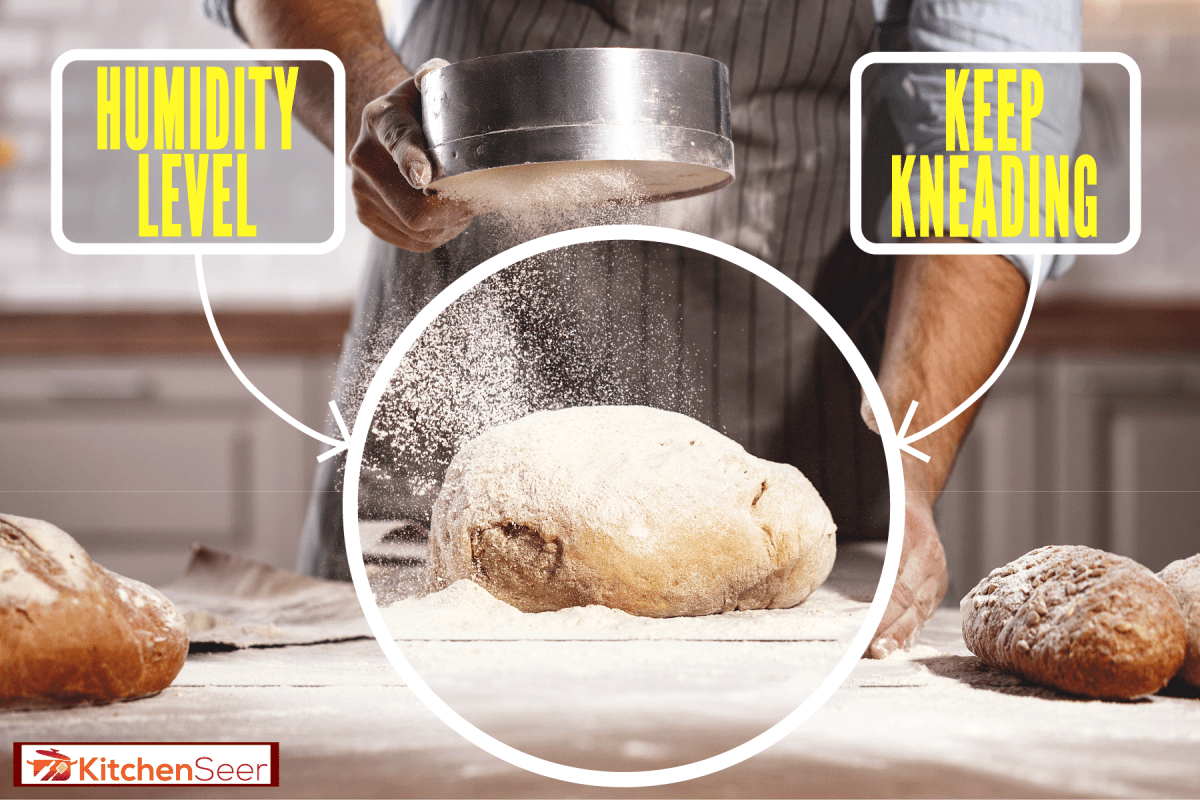
Why Is My Dough Too Wet?
When you think about dough, you probably imagine a tight ball that is dry and covered in flour. This is what an ideal dough should look like. However, when you are in the process of making one, you will find that there are different kinds of dough, and some of them end up being too wet.
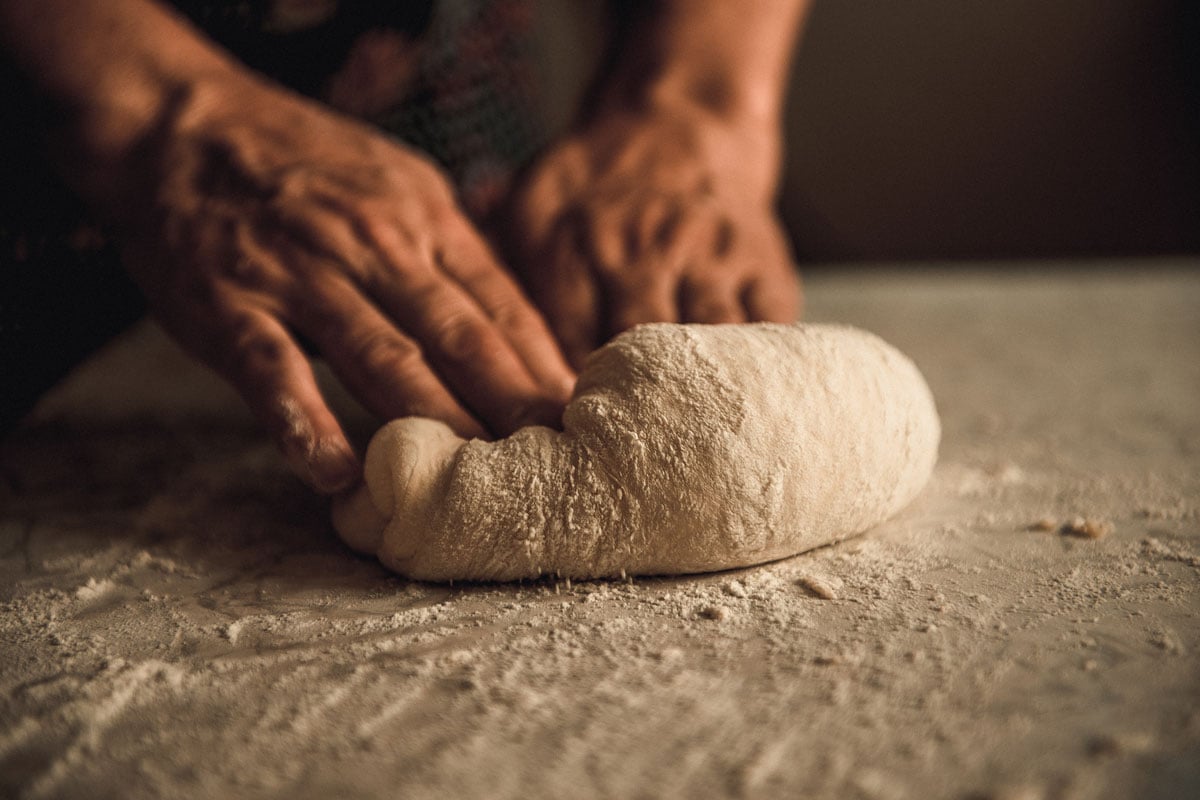
One of the things that you should know about making bread is that there are different kinds of dough with varying levels of hydration. Regular bread like sandwich bread, rolls, and European breads have a 57 to 65% hydration in the baker's percentage. If you're just starting out, it would be best to work with dough that has this standard percentage.
High-hydration doughs like focaccia and ciabatta rolls are quite wet, and kneading does not work on them. If the recipe you are making isn't focaccia or ciabatta, it would be safe to say that your dough is a little bit too wet to work with.
On some occasions, factors like humidity can affect your dough, making it too wet. This can happen if you are working on a humid day and you add all the water required in the recipe. Why is this a problem? The flour used in making dough absorbs moisture, even in the air. It can absorb moisture even if you haven't added your water, so it tends to make the dough wet.
Using the wrong kind of flour can also make your dough wet. Dough needs to have a lot of protein to create strong gluten bonds, which makes the dough firm and springy. If you use flour that does not have a lot of protein, this will cause your dough to go flat because the gluten lacks strength.
How Do I Fix Wet Dough?
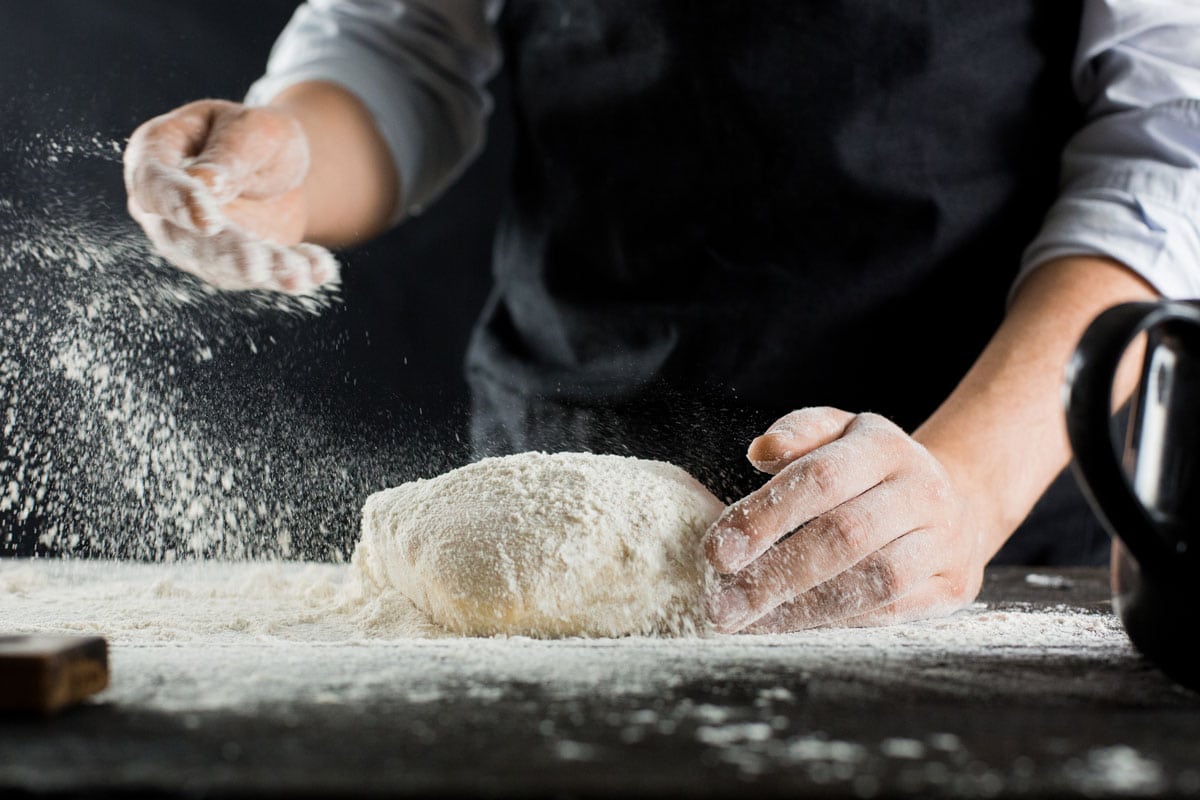
If you are a home baker, handling wet dough can be a very frustrating experience. A lot of beginners quickly become discouraged if the dough they are working with does not come out the way they wanted to.
For regular bread dough, you should incorporate your water slowly while mixing all your ingredients together. With this method, you can see if your dough needs less than the actual amount of water required in the recipe. This method works well if you are working in a humid environment, and the dough has the tendency to absorb the moisture in the air.
However, if your dough is extremely wet (or close to being very goopy), then a little work should be done to your dough. Try adding 1 teaspoon of flour for every cup of flour that is used in the recipe. Knead the dough for a minute or two, and if it's still sopping wet, repeat the process. Eventually, your dough will come together to be workable.
Another approach for easier dough-making is to let a machine do all the work for you. A stand mixer fitted with a bread hook can help incorporate your ingredients properly while you slowly add the water. This way, you can see how the flour is absorbing the added water, and you can stop if you feel that the dough is starting to become too wet.
Get this stand mixer with dough hook on Amazon.
What Happens If Dough Is Too Wet?
Technically, you can bake wet dough, and it will still come out looking good. For some bakers, wet dough also produces lighter, airier loaves, which a lot of people prefer. But this technique can be quite difficult for a beginner, and you will need a lot of practice before you see good results.
To bake wet dough, it is important to shape it properly into a nice ball. You can also make use of loaf pans to help support your dough as it rises and bakes in the oven. The pans will help keep the shape for you. A good way to work the wet dough into a texture that will be good enough for baking is to keep kneading it.
Common Dough-Making Mistakes
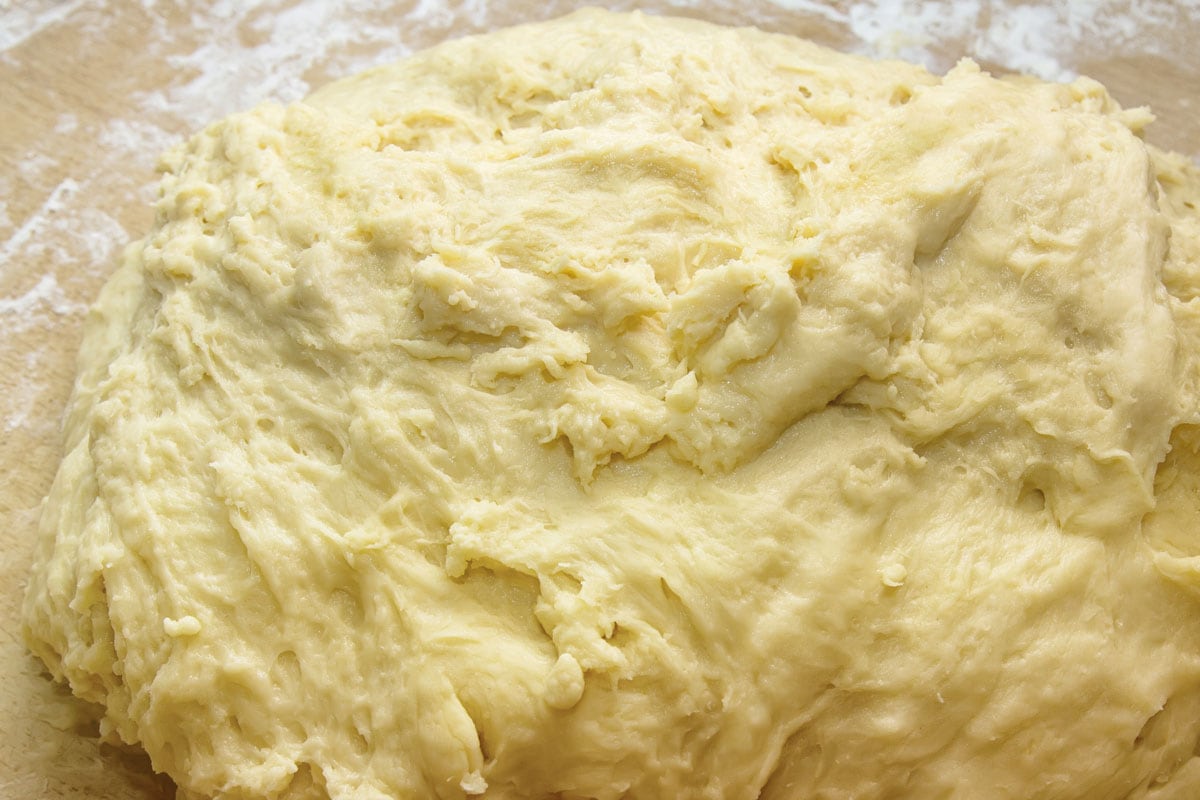
If you've tried to make dough but you always feel like you are facing a roadblock, don't be discouraged! Dough-making is a science, and quite a lot of practice and experimentation are required before you can perfect your own dough. Here are some common mistakes that first-time bakers often experience when making dough:
Wrong ingredient measurement
When making dough, it is better to work with exact weight measurements rather than using cups because cups aren't as precise, especially if you are using different brands when you are baking. To make things easy, use a kitchen scale and weigh your ingredients for baking.
Get this digital kitchen scale on Amazon.
Killing yeast
There are a lot of ways you can end up killing your yeast while baking, and when this happens, your bread will not rise. When adding salt to your mixture, make sure that you don't put it on top of the yeast. Try putting the salt and the yeast on opposite sides of your bowl and slowly working them together by mixing them.
Also, remember to use lukewarm water when proofing your yeast. Water that is too hot will immediately kill your yeast, and if you use water that is too cold, the yeast won't activate. Use water that is around 70 to 90°F, and your yeast will proof just fine.
Adding too much liquid
As we discussed earlier, too much liquid can turn your dough into a goopy mess in no time. To avoid this mistake, you should slowly add the water while you're mixing your ingredients. You only need enough water for the dough to form a ball and clean the bottom of the bowl. Do not add the water all at once because you might not need all of it for your recipe.
Leaving the dough exposed to air
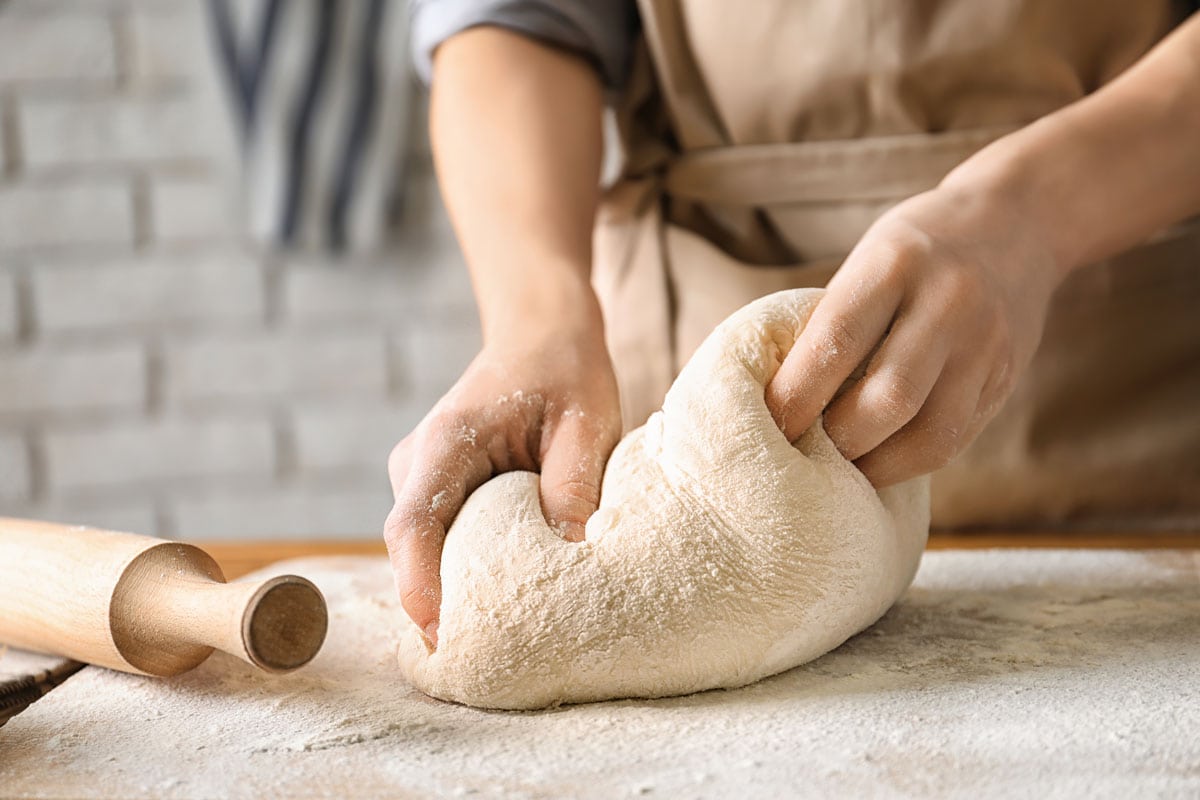
When your dough is exposed to air, it will form an outer skin that makes rising difficult. Do not leave your dough uncovered for long periods of time during the baking process because you don't want the skin to form before you need it.
Not proofing enough
Proofing your dough is when you wait for it to rise fully so that the crumbs are formed correctly. During this time, the hardest part is waiting, and a lot of bakers tend to get impatient and work their dough even if it isn't proofed enough. Sometimes, though, bakers tend to forget their dough, and it becomes over-proofed.
To check if your dough is proofed enough, push your finger into the side of the formed bread loaf. If the dough springs back quickly and the indentation of your finger disappears, then it needs to proof longer. If the indentation is slow to spring back, then your dough is now ready to be baked.
Oven is too dry
The presence of steam during the baking process will help your dough turn into bread with a chewy crust. To allow steam to circulate, put a shallow pan filled with water in your oven for about 20 to 25 minutes during preheating. You can also spray your dough and the insides of your oven with water when you've placed the dough inside.
Final Thoughts
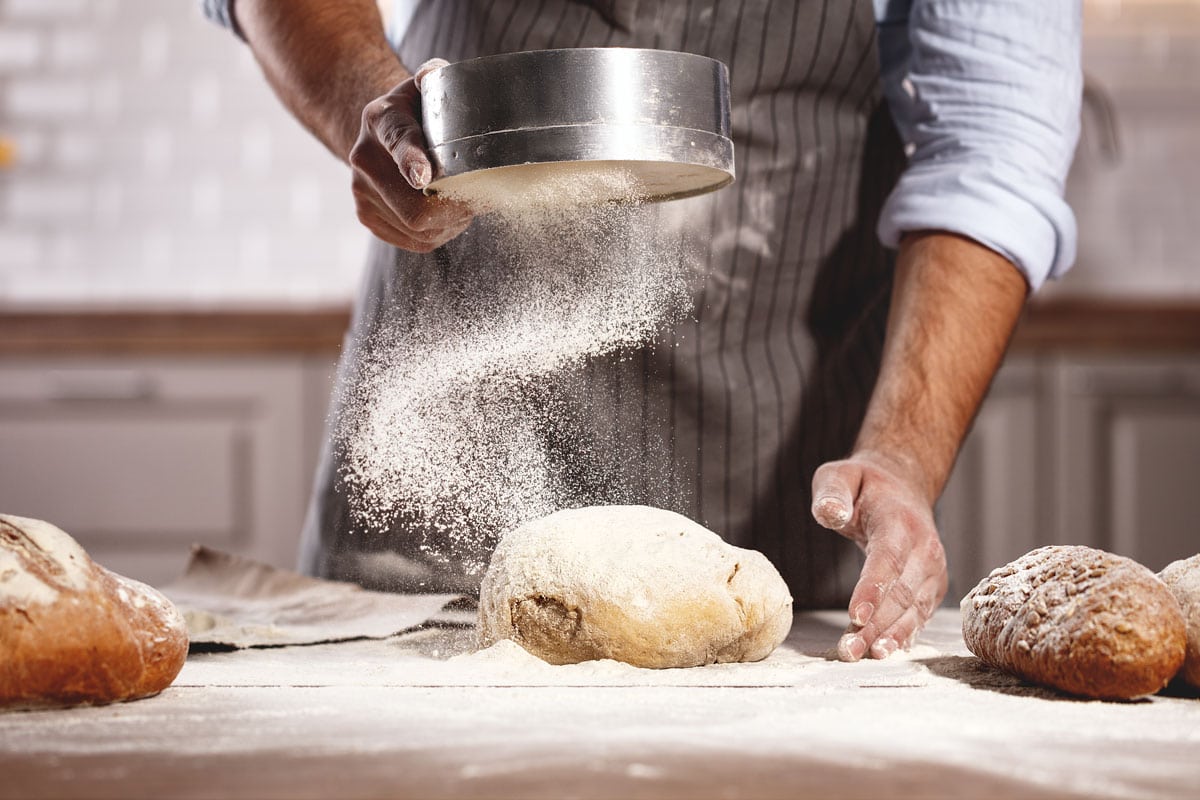
The process of making bread and other leavened foods shouldn't be a challenge—but it will require you to practice a lot before you manage to perfect it. Beginning bakers may find that wet dough is too hard to work with and quickly lose their confidence. Try practicing some of the tips and tricks we've shared, and you'll surely have a bread loaf that you'll want to share with everyone.
Cooking with different kinds of dough? We've got some articles that might be of interest to you:
Pizza Dough Won’t Stretch – What To Do?
How Long To Bake Sourdough Bread In Dutch Oven?



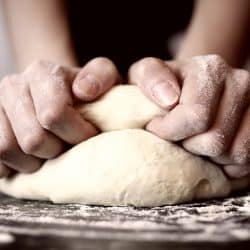
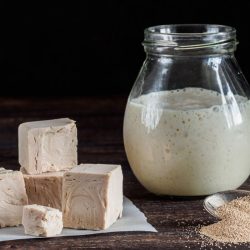
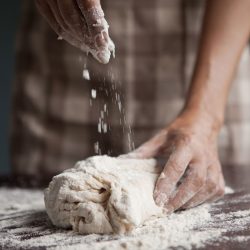
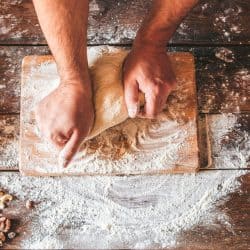
![Baker man hands breadmaking kneading bread dough, How Long To Knead Bread [By Hand And In A Mixer]](https://kitchenseer.com/wp-content/uploads/2021/03/Baker-man-hands-breadmaking-kneading-bread-dough-250x250.jpg)
